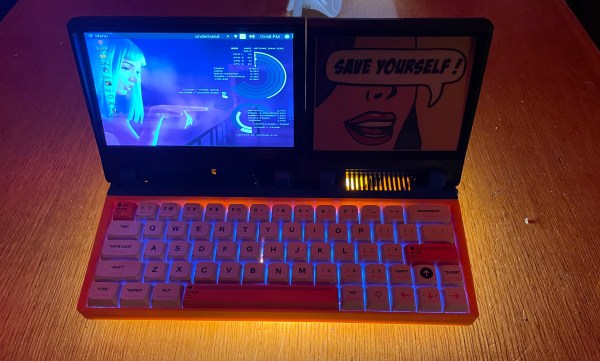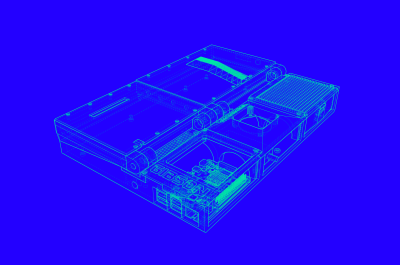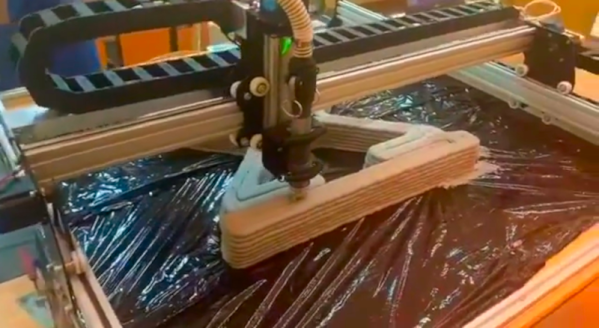Theremins are a bit of an odd instrument to begin with, but [AphexHenry] decided to put one where no theremin has gone before: into a baguette.
The “baguetophone” is a theremin and piezo-percussion instrument inside a hollowed-out baguette. Starting with a DIY theremin tutorial from Academy of Media Arts Cologne, [AphexHenry] added some spice with a piezo pickup inside the baguette to function as a percussion instrument. One noted downside of squeezing the instrument into such an unusual enclosure is that the antenna doesn’t respond as well as it might with a more conventional arrangement. Outputs from the piezo and antenna are run through Max/MSP on a computer to turn the bread into a MIDI controller. Like many DIY theremins, it appears that this build neglects the volume antenna, but there’s no reason you couldn’t add one. Maybe disguised as a piece of cheese?
Outside smuggling an instrument into a French café for a flash mob performance, this could also prove handy if you’re someone who gets hungry while playing music. We don’t recommend snacking on the Arduino even if it is ROHS compliant though.
If you want to learn more about how theremins work, check out Theremin in Detail. After that, you might want to browse all of our theremin articles or look at this project where they used a 555 instead.
Continue reading “Theremin Baguette Brings New Meaning To Breadboarding”



















